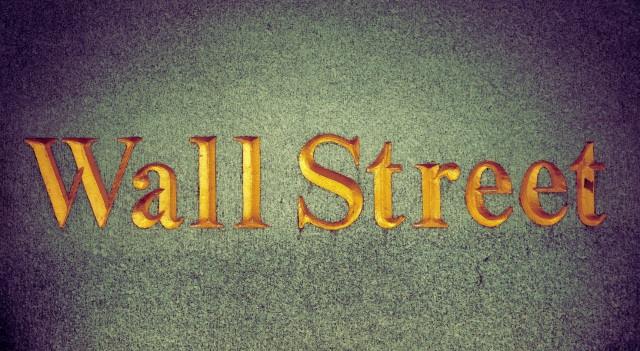The major U.S. index futures are currently pointing to a lower open on Tuesday, with stocks likely to give back ground after ending last Friday’s trading sharply higher.
Traders may look to cash in on the previous session’s gains amid lingering uncertainty about the outlook for interest rates.
The Federal Reserve is almost universally expected to lower rates at its next meeting later this month, but there is some disagreement about the pace of rate cuts.
According to CME Group’s FedWatch Tool, there is a 67.0 percent chance of a quarter point rate cut later this month and a 33.0 percent chance of a half point rate cut.
Some analysts, such as Harris Financial Group managing partner Jamie Cox, have said there is no justification for a 50 basis point rate cut.
However, ING Chief International Economist James Knightley said, “A soft jobs report [on Friday] could still tip the odds in favour of a 50bp rate cut.”
The monthly jobs data will be in focus later this week, with economists currently expecting employment to climb by 165,000 jobs in August after rising by 114,000 jobs in July.
The unemployment rate is expected to edge down to 4.2 percent in August after rising to 4.3 percent in July, reaching its highest level since October 2021.
Stocks fluctuated over the course of the trading session on Friday before eventually ending day sharply higher. The Dow closed higher for the fifth time in the past six sessions, reaching a new record closing high.
The major averages reached new highs for the session going into the close of trading. The Nasdaq surged 197.19 points or 1.1 percent to 17,713.62, the S&P 500 jumped 56.44 points or 1.0 percent to 5,648.40 and the Dow climbed 228.03 points or 0.6 percent to 41,563.08.
Meanwhile, the major averages turned in a mixed performance for the week. The Nasdaq slid by 0.9 percent, but the S&P 500 edged up by 0.2 percent and Dow advanced by 0.9 percent.
The higher close on Wall Street came after the Commerce Department released readings on U.S. consumer price inflation that are said to be preferred by the Federal Reserve.
The Commerce Department report showed consumer prices increased in line with economist estimates in the month of July, while the annual rate of price growth was unexpectedly flat.
The report said the personal consumption expenditures (PCE) price index rose by 0.2 percent in July after inching up by 0.1 percent in June. The modest increase matched expectations.
The core PCE price index, which excludes food and energy prices, also crept up by 0.2 percent in July. The uptick matched the increase seen in June as well as economist estimates.
Meanwhile, the report said the annual rates of growth by the PCE price index and the core PCE price index were both unchanged at 2.5 percent and 2.6 percent, respectively.
Economists had expected the year-over-year growth by both the PCE price index and the core PCE price index to tick up by 0.1 percentage point.
While the data has reinforced expectations of an interest rate cut by the Fed this month, traders expressed uncertainty about the pace of rate cuts, leading to some volatility in the markets.
Semiconductor stocks showed a substantial move to the upside on the day, resulting in a 2.6 percent surge by the Philadelphia Semiconductor Index.
Intel (NASDAQ:INTC) helped lead the sector higher, spiking by 9.5 percent after a report from Bloomberg said the chipmaker is working with investment bankers to consider various options, including a split of its product-design and manufacturing businesses.
Chipmaker Marvell Technology (NASDAQ:INTC MRVL) also soared by 9.2 percent after reporting better than expected fiscal second quarter results.
Significant strength also emerged among retail stocks, as reflected by the 1.7 percent gain posted by the Dow Jones U.S. Retail Index.
Computer hardware, banking and housing stocks also saw considerable strength on the day, moving higher along with most of the other major sectors.
